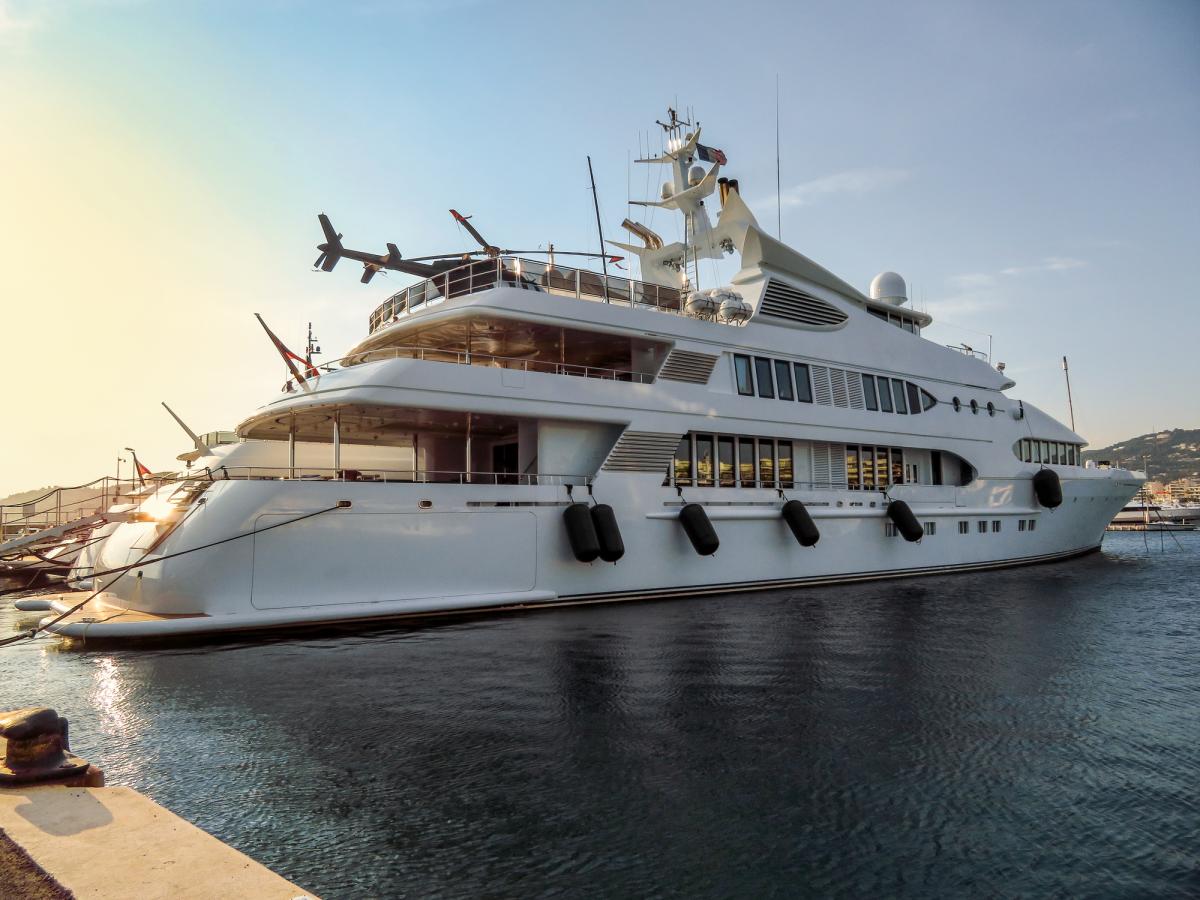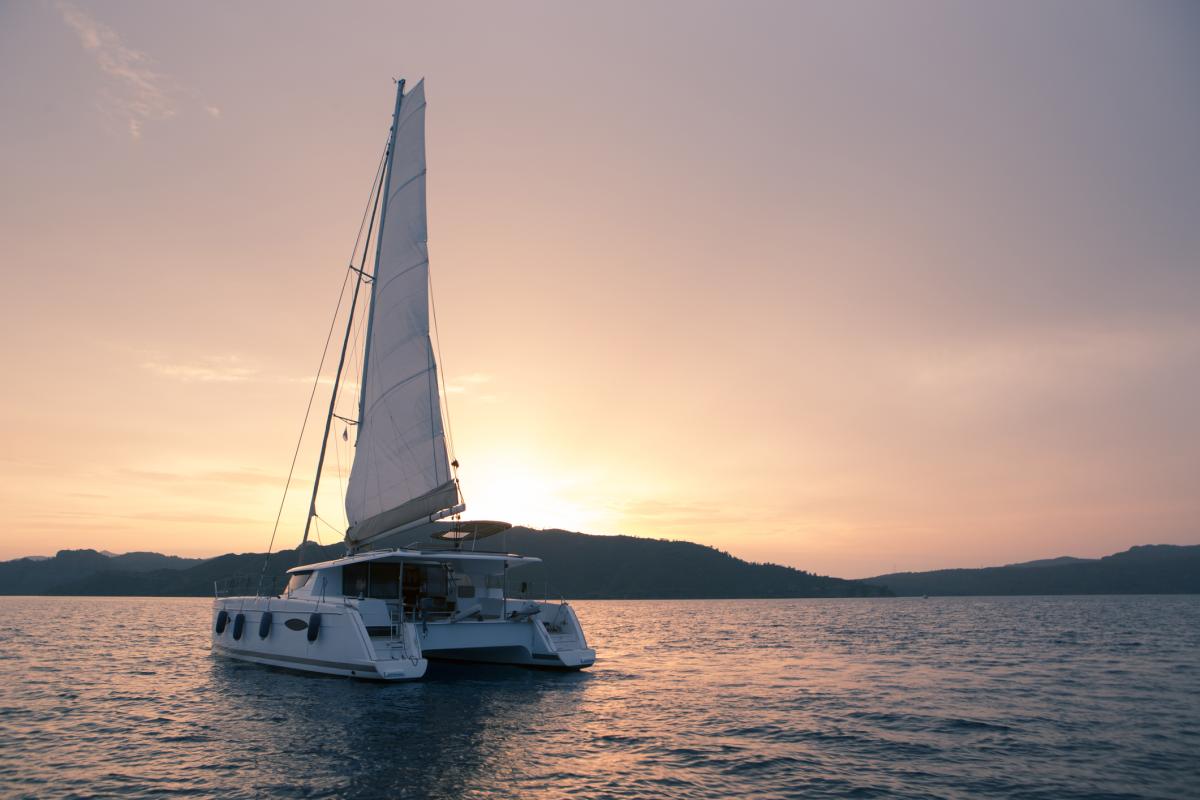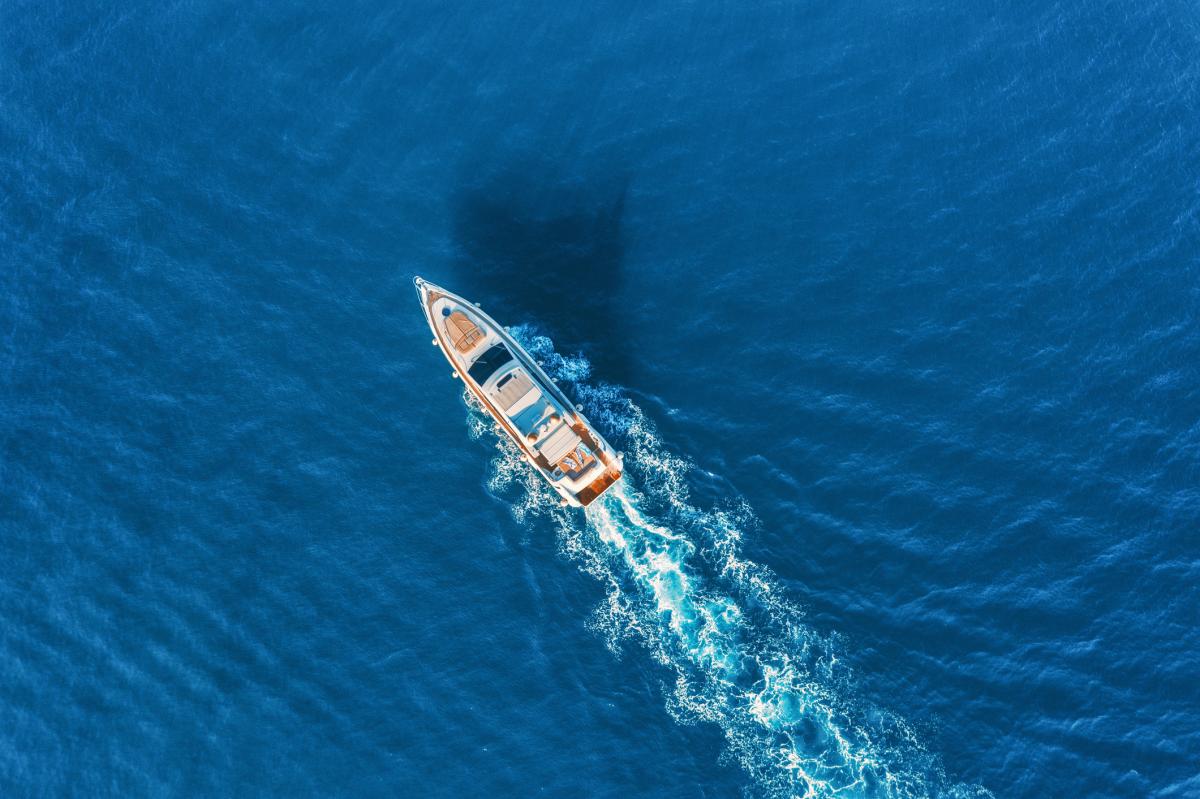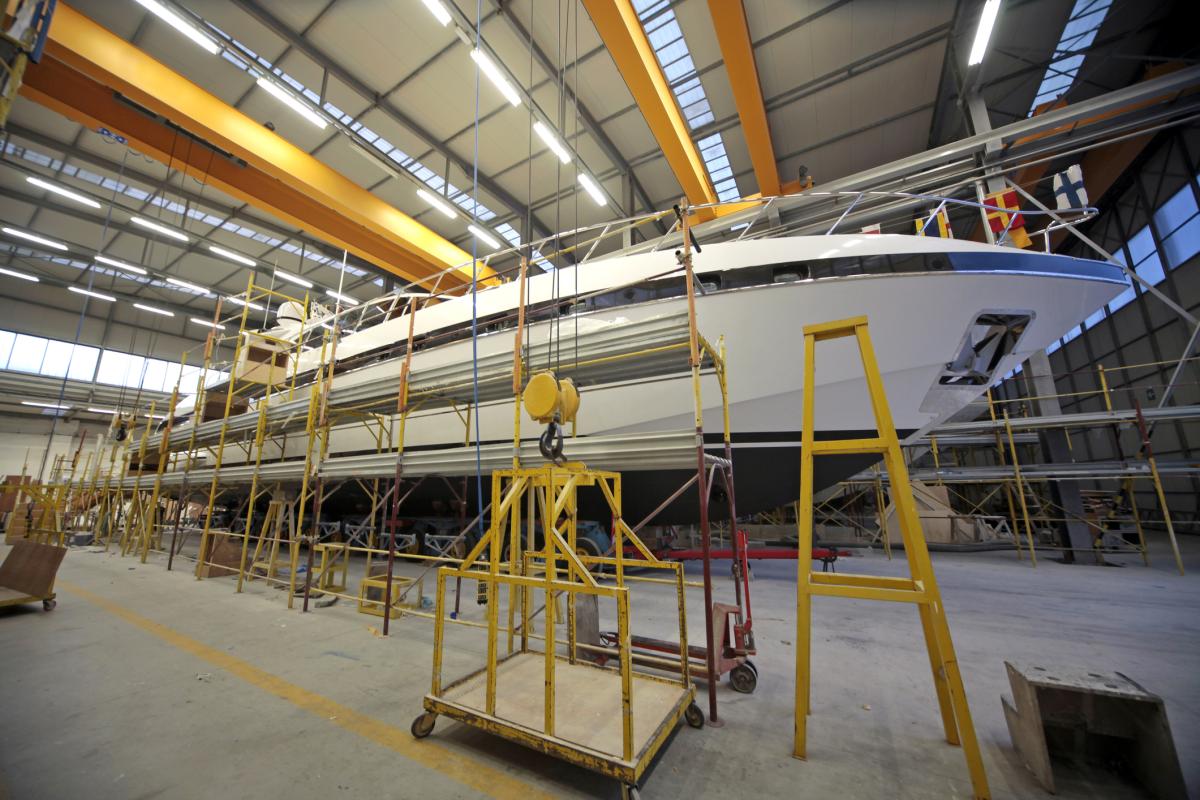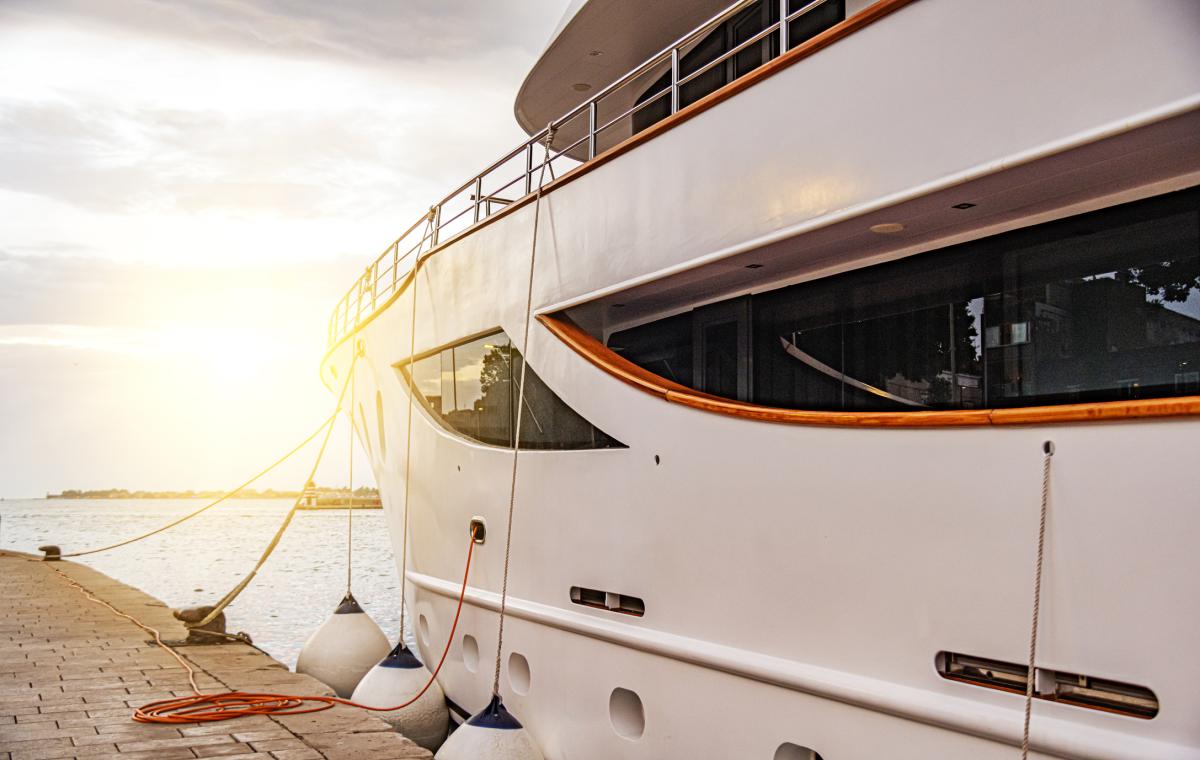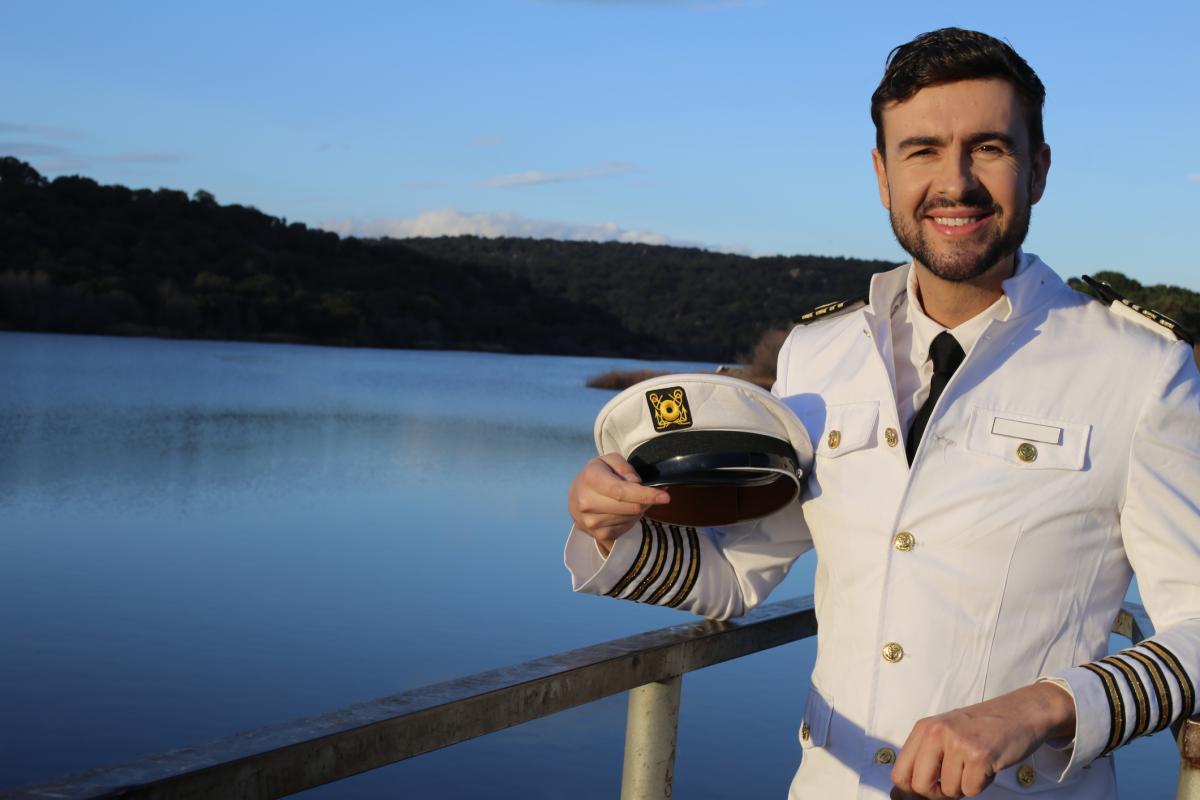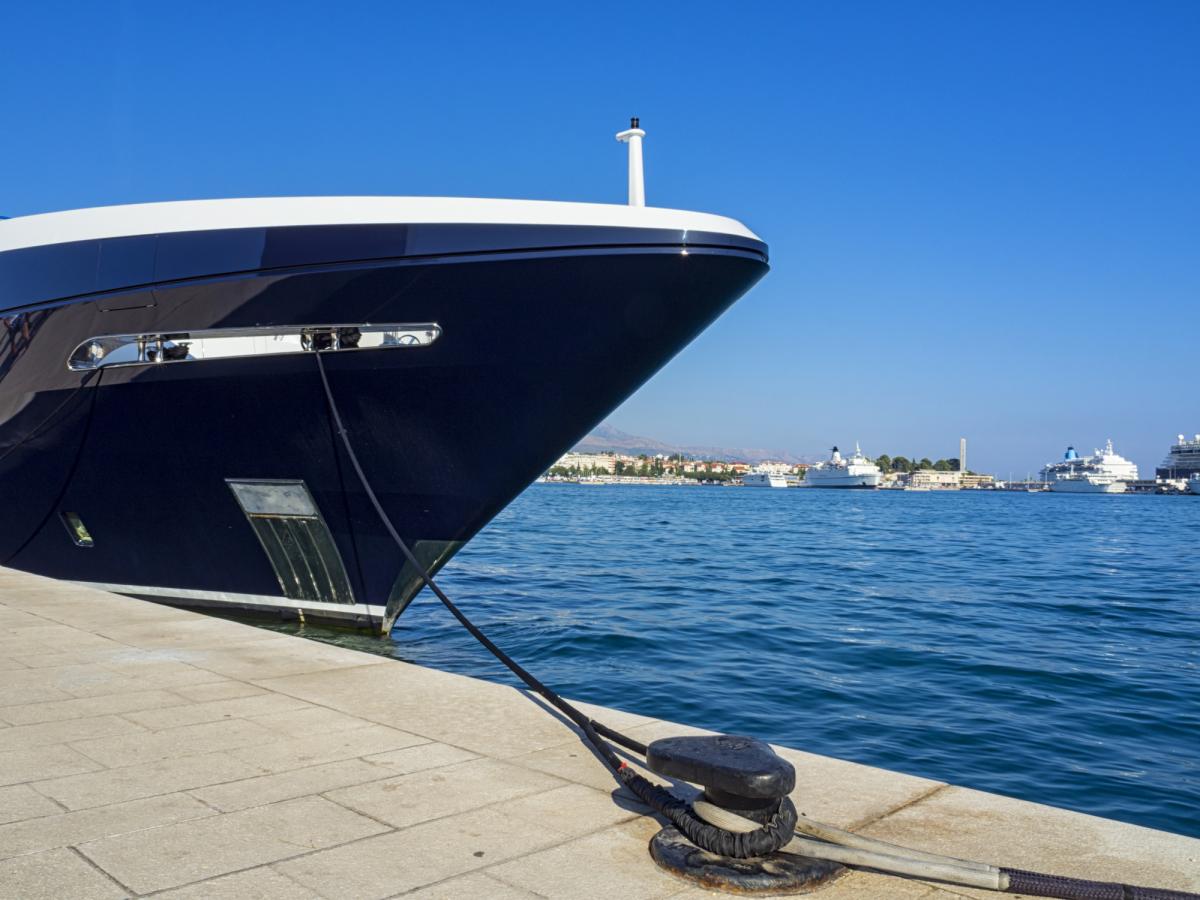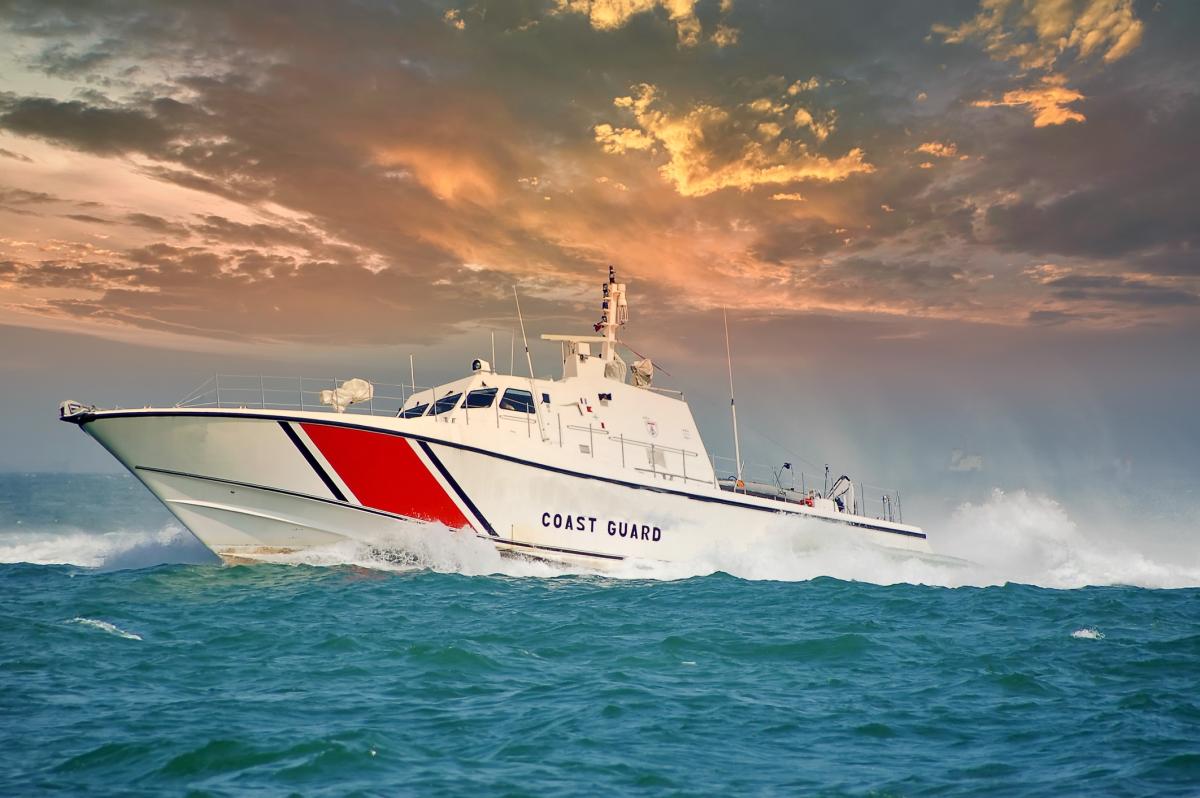Many of our clients inquire about charters and the options open to them. It comes as a surprise to many that charter regulations are quite complicated and also heavily enforced, especially in the United States. Generally, there are two types of charters, each of which have their own applicable rules and regulations.
The first type is a time and voyage, or crewed charter, In such a scenario, the entire operation is chartered, so the owner retains possession, control and responsibility of the yacht and crew. Hence, the charterer and owner are entering into one agreement for the services of the yacht, captain and crew together.
The second type is a bareboat or demise charter, under which the charterer retains control and takes over operation and management of the yacht during the charter term. Legitimate bareboat charters are considered non-commercial use of a vessel, which allows foreign-built or registered yachts to offer charters in U.S. waters. Possession, command and navigation of the vessel must be transferred from the owner to the charterer.
The U.S. Coast Guard, with assistance from a variety of local agencies, has been heavily cracking down on illegal charter operations throughout the United States, including the Great Lakes. The most common examples of a violation are for carrying too many passengers or not operating under a properly formed bareboat charter arrangement.
The attorneys at Miller Watson PLLC can draft the proper agreements and educate clients on the applicable rules in each chartering scenario, both domestically and in foreign waters.

